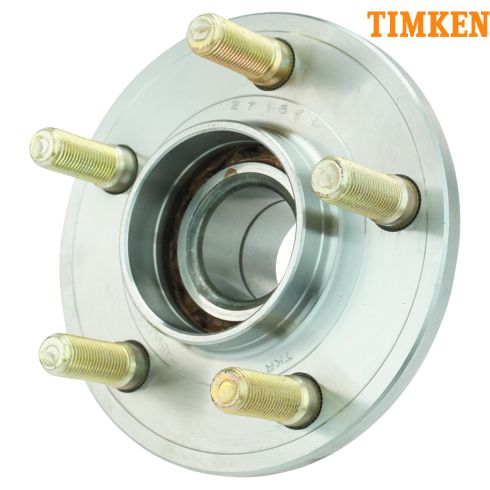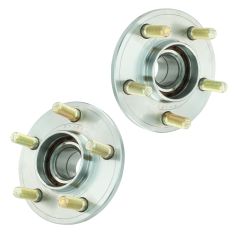TKSHF00220-Dodge Chrysler Front Wheel Bearing & Hub Assembly Timken HA590030

Replaces
2005 Dodge Magnum Rear Wheel Drive Front Driver Side Wheel Bearing & Hub Assembly Timken HA590030

Product Reviews
Loading reviews
5.00/ 5.0
1
1review
Time to change bearings
January 18, 2021
I finally broke down and put new front bearings on the Hemi. Opted for Timken Brand. I didnt realize how much I needed to do this til I drove with the new bearings. Its now a joy to drive again. Super smooth front end and less fear of wheels coming off at 150mph.
Customer Q&A
I need the rear hub assembly?
May 20, 2020
10
Thank you for the message. This will be for the front, not the rear. We would be happy to assist in locating the rear wheel bearing. Can you please provide the year, make, model, and if the vehicle is 2WD or 4WD?
May 20, 2020
Curtis L
Dodge is a registered trademark of FCA US LLC. 1A Auto is not affiliated with or sponsored by Dodge or FCA US LLC.
See all trademarks.










